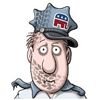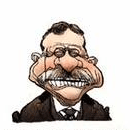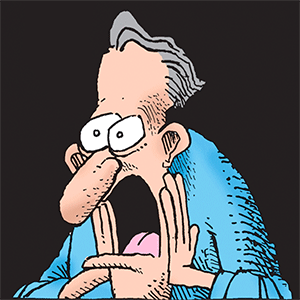To Liberate Speech on Campus, Pop the 'Bubbles'
Whether the students know it or not, the protests that recently turned violent at Middlebury College over an appearance by conservative scholar Charles Murray ironically -- and deplorably -- demonstrated the national social crack-up that Murray has been writing about.
Murray's 2012 best-seller, "Coming Apart: The State of White America 1960-2010," presciently described the emerging socioeconomic divide that, among other developments, led to the unexpected rise of President Donald Trump.
Since the 1950s, Murray argued, Americans have been coming apart along educational and economic lines. Americans with more than a high school education or skill level have become increasingly isolated from the less well off -- they are all living in tribal and cultural bubbles, and the trend is tearing our social fabric apart.
I called "Coming Apart" the most important book of 2012, and I was not alone. Many of Murray's revelations have become common knowledge. For those with fewer skills, as he pointed out, wages have stagnated, jobs have automated or moved overseas, marriage rates have plummeted and opiate overdose rates have soared. In many ways, these were the "forgotten Americans" to whom Trump said, "I am your voice."
But that wasn't the book that aroused the Middlebury mob that disrupted Murray and left one professor injured. The protestors -- and 58 faculty members who signed a petition -- were upset that Murray had co-authored "The Bell Curve: Intelligence and Class Structure in American Life."
I, too, didn't care a lot for that explosive 1994 best-seller. Co-authored with psychologist Richard J. Herrnstein, it set the stage for "Coming Apart" with its argument that a high-intelligence "cognitive elite" was rising and separating from those with less intelligence.
But it also argued that IQ tests are a better measure of human intelligence than numerous other experts believe, that intelligence is largely the result of inherited traits and that there is not much government can do to improve the outlook of people who are born less gifted cognitively than others.
I objected to that book because I thought the authors were too quick to pin poverty, crime, welfare dependency, unwed pregnancies and a host of other social dysfunctions on low IQ -- and too reluctant to account for countless other cultural, familial and environmental factors.
But, as much as I hated "The Bell Curve," I thought Murray redeemed himself with his 2012 work, "Coming Apart."
This time, as he wrote in the introduction, he avoided racial suspicions by focusing purely on white Americans, a group that has been struggling increasingly over the past half-century with the same growing income inequality, family breakdown, drug addiction and other social disorder that has too often been identified solely with the black underclass.
...continued
(c) 2017 CLARENCE PAGE DISTRIBUTED BY TRIBUNE MEDIA SERVICES, INC.






